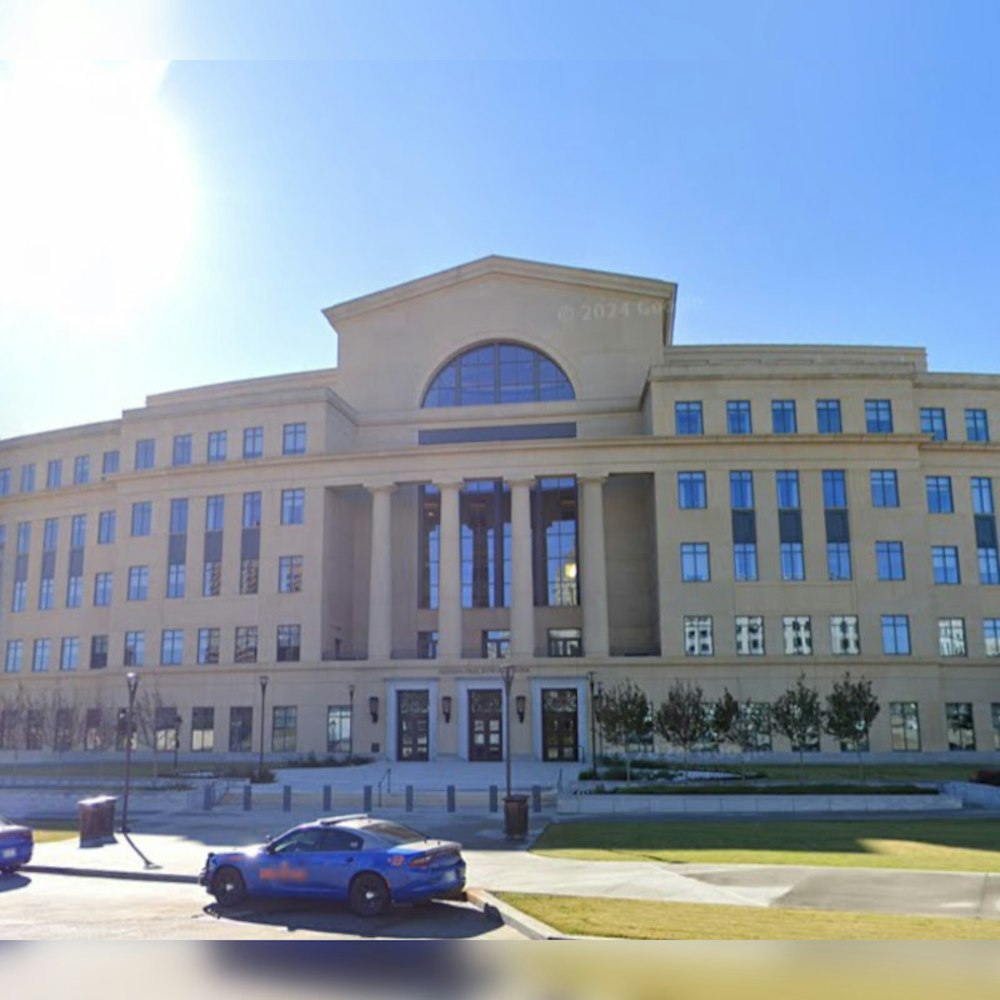
Seismologists at The University of Texas at Austin have sounded the alarm that earthquakes in the Midland Basin are trekking their way northeast towards Big Spring, with new data showing a disturbing trend. Evidence from seven years of seismic monitoring indicates that the subterranean tremors, long concentrated near Odessa and Midland, are now marching towards densely populated areas, as detailed in a recent study published by the university's Jackson School of Geosciences.
Research assistant professor Dino Huang led the team that analyzed TexNet seismic network data stretching from January 2017 to November 2023, during which a startling 1,305 earthquakes were detected. "The fault zone has been activated, and it has the capability to trigger additional earthquakes that can be felt by humans, especially because it’s so close to major cities along Interstate 20," Huang told UT Austin News.
Utilizing passive seismic analysis, which doesn't require artificially generated seismic energy, the research team was able to piece together previously unmapped parts of the basin's fault system. This system includes a rift structure across the middle of the basin and a network of smaller faults. Distinct earthquake-producing zones were identified, helping predict where future quakes are more likely to strike.
Since 2018, the probability of earthquakes in the basin has significantly risen, the researchers' statistical analysis suggests. Although it's not possible to fully predict the future frequency or magnitude of quakes, notable stress build-up and recent activity have given scientists clues. "The scientists expect more quakes to happen in zones 6-8, northwest of the cities of Big Spring and Stanton, as the stress travels through the fault system," Huang explained to UT Austin News, referencing a magnitude 5.2 quake in zone 6 that has potentially contributed to the increased seismic risks.
The study's findings raise concerns about the impact of the oil and gas industry's practices, notably the injection of wastewater into the subsurface, which has been linked to stress along faults and subsequent earthquakes. TexNet's monitoring efforts have been crucial in highlighting the current state of stress on the fault system and illustrating the need for industry operators to adjust their wastewater injection methods to minimize the risk of induced seismicity while keeping the basin's productivity in balance.
Co-authors Alexandros Savvaidis, TexNet manager and research professor, and research assistant professor Yangkang Chen have notably contributed to the research funded by the Center for Integrated Seismicity Research at the Bureau of Economic Geology. As earthquakes shift, Texas could face a tremulous future, with more research underway to understand and mitigate these natural threats.









